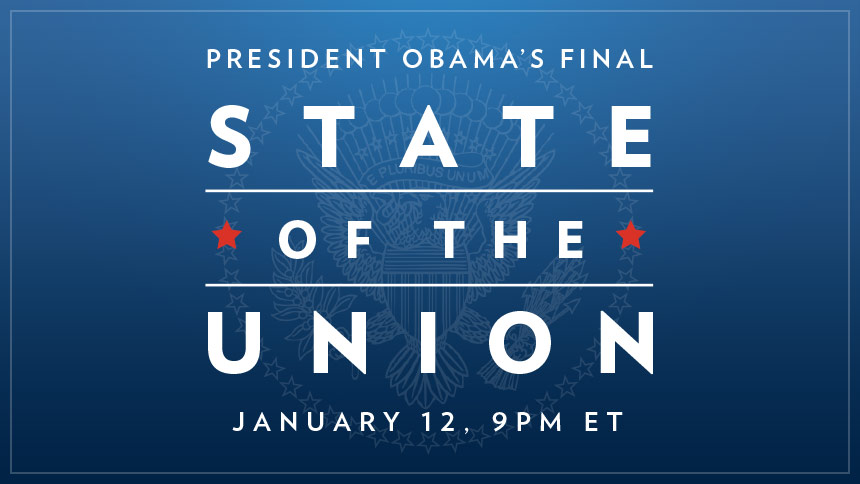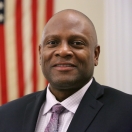
Cross posted from AIDS.gov, by Ronald O. Valdiserri, MD, MPH
The White House hosted a World AIDS Day observance on Tuesday, December 1, 2015, welcoming domestic and global leaders in the fight against HIV/AIDS. Gathered under the theme “The Time to Act Is Now,” various presenters highlighted key actions underway or about to begin here in the U.S. and around the globe.
The event opened with videotaped remarks from President Obama, who observed “Today we find ourselves closer to an AIDS-free generation than ever before… But our work to save lives and end HIV as a public health threat is not finished… Today is a day to celebrate the extraordinary progress we’ve made. It’s also a day to remember those we’ve lost, and commit ourselves to the work we still have to do.” (Watch the video of his full remarks.)
National HIV/AIDS Strategy Federal Action Plan Released
During his opening remarks, Mr. Douglas Brooks, Director of the White House Office of National AIDS Policy, released the National HIV/AIDS Strategy Federal Action Plan. Developed by 10 Federal agencies and the Equal Employment Opportunity Commission (EEOC) in response to the President’s July 30 Executive Order on implementing the updated Strategy, the Federal Action Plan contains 170 action items that those agencies will undertake to best leverage resources, capacity, and expertise as they work collaboratively to achieve the goals of the Strategy. The Federal Action Plan, Mr. Brooks observed “is not an exhaustive inventory of everything these Federal agencies are doing or will do; but, rather, a collection of a relatively small number of actions that will make a big difference.” Those actions, he continued, highlight efforts in four key focus areas prioritized in the updated Strategy:
- Widespread HIV testing and linkage to care,
- Broad support for people living with HIV to remain engaged in comprehensive care,
- Universal viral suppression among people living with HIV, and
- Full access to comprehensive pre-exposure prophylaxis (PrEP) services for those for whom it is appropriate and desired.
The Federal Action Plan also highlights important actions to address HIV-related discrimination through enforcement actions and information sharing.
Mr. Brooks concluded his remarks, observing “So I’m here to say, here on World AIDS Day 2015 at the White House: no one deserves or is destined to acquire HIV. Not the highest paid actor on television. Not a black woman in Rocky Mount, North Carolina. Not a gay boy in San Francisco or Oakland or Kampala or Bangkok. Not a transgender woman who might already be living in fear of being murdered on the streets of Chicago for simply living her truth. Not the Black man in Baltimore or white woman in Indiana with substance use disorders. No one deserves HIV, and everyone deserves care. HIV is not a crime, HIV is not a punishment, and HIV is not a death sentence. It’s 2015, and the time to act is now, to deliver treatment and care to those who need it, and to continue changing hearts and minds across America and the world.”
Dr. Fauci Stresses Follow the Science!
Given our significant advances in science and the availability of highly effective medicines that work as both HIV treatment and prevention, Dr. Anthony Fauci, Director of NIH’s National Institute on Allergy and Infectious Diseases, observed that we can now speak credibly about having the end to the HIV/AIDS pandemic within our sights, a time when both new HIV infections and deaths due to AIDS are rare. HIV testing remains an important foundation of our ongoing efforts, he noted, since testing enables us to connect individuals to either an HIV care continuum or an HIV prevention continuum that provides them with needed health services to treat or prevent HIV infection. Echoing the World AIDS Day theme, “The time to act is now,” Dr. Fauci concluded his remarks by sharing the closing line of a perspective on ending the HIV/AIDS pandemic that he and a colleague had published that day in the New England Journal of Medicine, “The science has spoken. There can now be no excuse for inaction.”
Panels Discuss How Cities and Partnerships are Acting Now to End AIDS
Two panels then discussed how various jurisdictions, communities, and organizations are acting now to end HIV. The first panel highlighted efforts underway in Atlanta, Baltimore, Oakland, San Francisco, and Washington, DC – five jurisdictions that have signed on to UNAIDS’ Fast Track Cities Initiative.The global initiative — launched one year ago on World AIDS Day 2014 — seeks to accelerate the AIDS response in urban settings where much of the HIV burden lies. Among the strategies to accelerate our response, panelists identified:
- Increasing the proportion of primary care patients tested for HIV and offering HIV screening in school-based and teen health centers.
- Striving to ensure that HIV prevention and care programs are competent in addressing the multifaceted experiences and needs of their clients, including understanding the effects of trauma and violence, immigration status, unstable housing, and prior incarceration.
- Leveraging locally funded syringe services programs to offer HIV testing and linkage to care, overdose prevention counseling, and linkage to drug treatment and other services.
- Offering access to pre-exposure prophylaxis (PrEP) and behavioral health services without shame and judgment.
- Scaling up biomedical interventions for HIV prevention and treatment.
- Grounding approaches in the principle that all people at risk for or living with HIV—are worthy of love and belonging.
The second panel discussed the vital role that partnerships play in reaching the global goal of ending AIDS.
Examples of leveraging the power of partnership included:
-
Working with hospital administrators and medical groups to actively promote routine HIV testing , as the Get Tested Coachella Valley campaign
 has done
has done -
Leveraging telemedicine
 to help people living with HIV in rural areas of Alabama to overcome transportation barriers to accessing care, improving both rates of retention in care and viral suppression.
to help people living with HIV in rural areas of Alabama to overcome transportation barriers to accessing care, improving both rates of retention in care and viral suppression. - Empowering adolescent girls and young women by building the capacity of young women’s organizations, funding grassroots work, and investing in young women as agents of change through PEPFAR’s new DREAMS Partnership and Innovation Challenge Fund.
-
Investing in transgender women’s personhood by taking a holistic approach that is not centered solely on viral suppression– as Chicago’s TransLife Center
 does, with support from a grant from the Ryan White HIV/AIDS Program.
does, with support from a grant from the Ryan White HIV/AIDS Program. - Sharing approaches, best practices, and lessons between nations, as Boston has done for many years with South Africa’s Eastern Cape Province.
Lessons from the History of HIV/AIDS
I had the privilege of sharing closing reflections at the observance, weaving together many of the important messages we’d heard throughout the afternoon. While it’s clear that science has advanced to a point where we can confidently talk about ending the epidemic, I cautioned that science alone is insufficient for us to reach that goal. If we are to achieve an AIDS-free generation, we must continue to adhere to those principles that carried us forward during the early days of the epidemic – when science was scarce and we had to rely on our collective ability to address this disease. These principles were echoed in many of the presenters’ remarks and include:
- Our shared vision must be flexible enough to encompass various definitions of success. Suppressed viral load, of course, but also close attention to important psychosocial and economic needs. To do less would be to ignore the totality of “health.”
- We must be open to new approaches across all systems that support individuals and families in their quest to maintain health. Advances in science are critical, but so, too, are advances in care delivery, health information, payment reform, community development and other aspects of policy necessary for a comprehensive response to HIV/AIDS.
- We must be willing to make changes, redirecting resources when necessary and setting aside less successful approaches for ones that have proven to be more effective.
- We can’t afford to take our eye off the ball and must maintain an unwavering commitment to ending HIV/AIDS.
As the President observed “our work to save lives and end HIV as a public health threat is not finished.” But, given the advances in science, the lessons of our more than three decades of responding to HIV, and the energy, enthusiasm, and talents of a committed HIV community, the time to act is truly now.
Dr. Ron Valdiserri is the Deputy Assistant Secretary for Health, Infectious Diseases at the U.S. Department of Health and Human Services.


